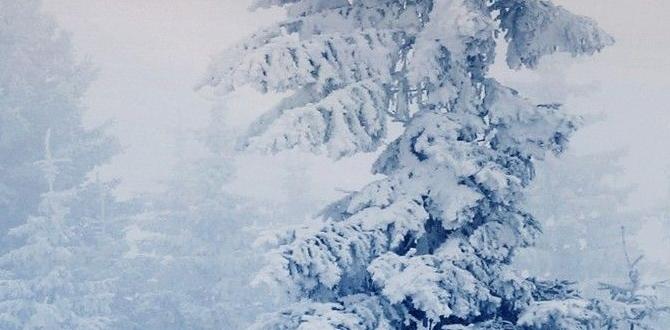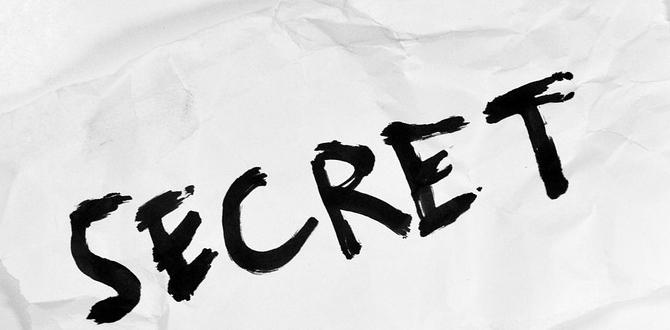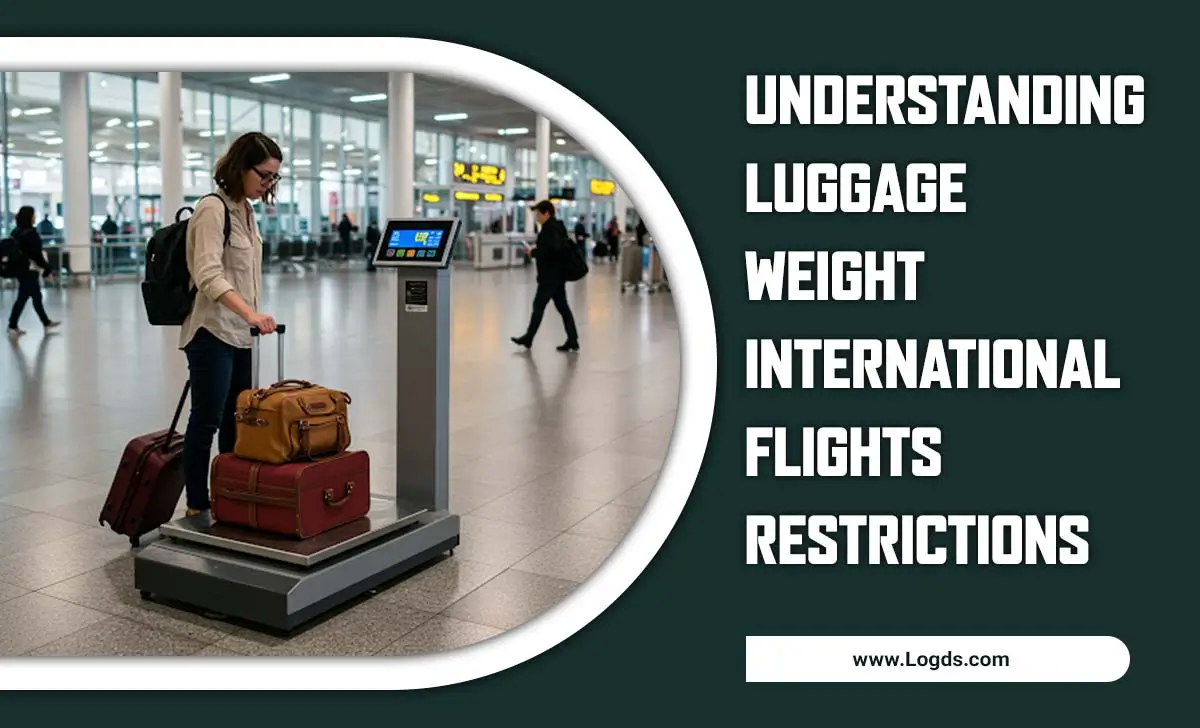Bhutan 4-day itinerary: Essential Magic
Embark on an unforgettable journey with a meticulously planned Bhutan 4-day itinerary. Discover the Kingdom’s pristine beauty, vibrant culture, and spiritual heart. This guide simplifies your short trip, ensuring you experience the most essential magic Bhutan offers, from iconic monasteries to breathtaking landscapes. Get ready for an immersive adventure that feels both grand and personal.
Bhutan is a dream destination for many, a land of thunder dragons and ancient traditions that feels worlds away. Planning a trip to this Himalayan kingdom can seem complex, especially for a shorter visit. Many travelers worry they won’t see enough or might miss out on crucial experiences within a limited timeframe. It’s easy to feel overwhelmed by the unique travel requirements and the sheer beauty that awaits.
But don’t worry! We’re here to help you craft a perfect Bhutan 4-day itinerary. This guide breaks down everything you need to know, making your adventure smooth, stress-free, and utterly magical. We’ll focus on the absolute must-sees, ensuring you get a fantastic taste of Bhutanese culture and scenery, even with just a few days. Let’s dive into creating your unforgettable Bhutanese escape!
## Your Essential Bhutan 4-Day Itinerary: A Glimpse into the Kingdom of Happiness
Bhutan, often called the “Land of the Thunder Dragon,” offers a unique travel experience focused on Gross National Happiness. For a brief but impactful visit, a well-structured 4-day itinerary is key. This plan focuses on the western valleys, where you’ll find the most iconic sights and cultural experiences, perfect for a short but sweet exploration. We’ll cover arriving in Paro, exploring the capital Thimphu, and visiting the sacred Tiger’s Nest monastery.
This itinerary is designed for travelers who want to experience the essence of Bhutan without needing an extended stay. It balances cultural immersion, breathtaking scenery, and historical significance, all while keeping travel time between locations efficient. We understand that for many, comfort and practicality are paramount during travel. From ensuring you have the right gear to packing essentials like adult or child diapers for convenience on long journeys, we’ve got you covered so you can focus on the magic unfolding around you.
### Day 1: Arrival in Paro & Transfer to Thimphu – The Heart of Bhutan
Your Bhutanese adventure begins the moment you land at Paro International Airport (PBH). The flight into Paro is spectacular, offering panoramic views of the Himalayas. Upon arrival, you’ll be greeted by your Bhutanese guide and driver. Take a moment to breathe in the crisp mountain air – it’s the first taste of Bhutan’s pristine environment.
After completing immigration and customs, you’ll embark on a scenic 1.5-hour drive to Thimphu, Bhutan’s capital city. This drive is your introduction to the lush valleys, terraced fields, and traditional Bhutanese architecture dotting the landscape.
Afternoon Activities in Thimphu:
- Buddha Dordenma Statue: Perched on a hill overlooking the Thimphu valley, this giant bronze statue of Buddha is a breathtaking sight. It’s a great spot for panoramic photos and a moment of quiet reflection.
- National Memorial Chorten: A prominent landmark in Thimphu, this stupa was built in memory of the third King of Bhutan. You’ll see locals circumambulating the chorten, spinning prayer wheels and murmuring mantras. It’s a vibrant hub of spiritual activity.
- Takin Preserve: Visit the mini-zoo to see the unique national animal of Bhutan, the Takin. This peculiar-looking creature is a symbol of Bhutan and is found only in this region.
Evening:
Check into your hotel in Thimphu. Enjoy your first taste of authentic Bhutanese cuisine for dinner. Bhutanese food can be spicy, with red chilies being a staple ingredient! If you have dietary sensitivities or prefer milder options, communicate them to your guide. For those needing extra comfort and preparedness on any journey, having travel-friendly options like adult diapers or child diapers can significantly reduce stress, allowing full immersion in the experience.
### Day 2: Exploring Thimphu’s Cultural Treasures
Today is dedicated to delving deeper into the cultural and administrative heart of Bhutan. Thimphu is a fascinating blend of tradition and modernity, with unique attractions that showcase Bhutanese heritage.
Morning Activities:
- Folk Heritage Museum: This museum offers a glimpse into Bhutanese rural life and traditions. It’s housed in a traditional timber house and displays artifacts from Bhutanese households, demonstrating how people lived in the past.
- National Institute for Zorig Chusum (School of 13 Arts and Crafts): Witness students learning and practicing Bhutan’s traditional arts, including painting, sculpture, embroidery, and wood carving. It’s a wonderful place to understand the dedication to preserving Bhutanese craftsmanship.
- Textile Museum: Explore the rich tradition of Bhutanese weaving. The museum showcases various textiles and the intricate skill involved in creating them, from royal robes to everyday garments.
Afternoon Activities:
- Handicrafts Market: Browse for authentic Bhutanese handicrafts, including woven textiles, thangkas (religious paintings), masks, and carved wooden items. It’s a great place to pick up unique souvenirs. Remember to haggle politely if you choose to purchase items.
- Bhutan Post Office Headquarters: This is your chance to get personalized Bhutanese stamps! You can have your photo printed on a stamp and use it on postcards to send home – a truly unique souvenir.
- Centenary Farmers Market (if open, usually weekends): Experience a vibrant local market where farmers sell their produce, handicrafts, and local delicacies. It’s a lively scene and a great place to interact with locals.
Evening:
Enjoy another delightful dinner in Thimphu. Perhaps try Ema Datshi, the national dish, if you’re feeling adventurous! For travelers who require discretion and comfort for health reasons, having reliable adult diapers or child diapers available ensures you can fully participate in all activities without worry, making the experience more enjoyable and stress-free.
### Day 3: Paro Valley – The Iconic Tiger’s Nest
Today is the day you’ve likely been anticipating: the hike to Taktsang Monastery, famously known as the Tiger’s Nest. This sacred site is perched dramatically on a cliffside 900 meters above the Paro Valley floor.
Morning: Hike to Tiger’s Nest (Taktsang Palphug Monastery)
- The hike is approximately 4-5 hours round trip (including time spent at the monastery). The trail is moderately challenging, with some steep sections.
- You can hire a horse for the first part of the ascent up to the cafeteria, which offers stunning views of the monastery.
- The cafeteria is a good place to rest, hydrate, and enjoy the magnificent vista before continuing the trek to the monastery itself.
- The path to the monastery involves descending to cross a bridge over a ravine and then ascending again to reach the monastery entrance.
- Remember to wear comfortable hiking shoes and carry plenty of water. Dress modestly, covering your shoulders and knees, as this is a sacred religious site.
Afternoon: Paro Town & Kyichu Lhakhang
- After descending from Tiger’s Nest, you’ll have lunch.
- Explore Paro town: visit the Rinpung Dzong (Paro Dzong), a fortress-monastery that serves as the administrative center of the district. It’s an architectural marvel and offers excellent insights into Bhutanese history and governance. The National Museum, housed in the ancient watchtower (Ta Dzong) above the Dzong, is also worth a visit.
- Visit Kyichu Lhakhang, one of the oldest and most sacred temples in Bhutan, dating back to the 7th century. It’s a place of profound peace and spiritual energy.
Evening:
You will stay overnight in Paro. Enjoy a farewell dinner, reflecting on the incredible experiences of your short Bhutanese journey. Having easily accessible and comfortable supplies, such as adult diapers or child diapers for those who need them, ensures peace of mind for travel, allowing you to fully savor these cherished moments.
### Day 4: Departure from Paro
Your memorable 4-day Bhutanese adventure comes to an end this morning. Enjoy a final Bhutanese breakfast at your hotel. Depending on your flight schedule, you might have time for some last-minute souvenir shopping in Paro town or one final stroll to soak in the serene mountain atmosphere.
Afterward, you will be transferred to Paro International Airport for your onward flight. As you depart, you’ll carry with you cherished memories of Bhutan’s stunning landscapes, rich culture, and the warmth of its people. The magic of Bhutan stays with you long after you leave.
## Essential Bhutan Travel Tips for a 4-Day Trip
To make your Bhutan 4-day itinerary run as smoothly as possible, here are some crucial tips. Bhutan has a unique tourism policy, which greatly contributes to its preserved culture and environment. Understanding these points beforehand will enhance your experience.
### Visa and Sustainable Development Fee (SDF)
All tourists (except Indian, Bangladeshi, and Maldivian nationals) must obtain a visa in advance through a registered Bhutanese tour operator. You’ll also pay a mandatory Sustainable Development Fee (SDF) per night. The SDF is a significant part of Bhutan’s policy to promote “High Value, Low Impact” tourism. As of recent updates, the SDF is USD $100 per person per night. This fee supports Bhutan’s development, environmental conservation, and cultural preservation.
For the most current information on visa requirements and SDF, always refer to Bhutan’s official immigration website or consult with your chosen tour operator.
### Travel with a Guide
For most international tourists, traveling with a licensed Bhutanese guide is mandatory. Tour operators will arrange this for you. Your guide is invaluable; they provide insights into Bhutanese culture, history, and religion, and handle logistics like transportation and hotel bookings. They are your gateway to understanding the kingdom.
### Packing Essentials
Given Bhutan’s mountainous terrain and varying altitudes, packing layers is key. Even in warmer months, evenings can be cool.
- Clothing: Lightweight trekking pants, long-sleeved shirts, a fleece jacket, and a waterproof/windproof outer layer are essential. Pack modest clothing (covering shoulders and knees) for visiting religious sites.
- Footwear: Comfortable walking shoes or hiking boots are a must, especially for the Tiger’s Nest hike.
- Sun Protection: Sunglasses, a wide-brimmed hat, and sunscreen are important due to the high altitude and strong sun.
- First-Aid Kit: Include personal medications, pain relievers, and antiseptic wipes.
- Toiletries: While hotels provide basics, consider bringing personal items. For anyone needing discreet and reliable personal care solutions, carrying travel-friendly adult diapers or child diapers is a practical step for comfort and peace of mind during travels.
- Documents: Keep copies of your passport, visa, and travel itinerary separate from the originals.
### Currency
The local currency is the Bhutanese Ngultrum (BTN). Indian Rupees (INR) are also widely accepted. ATMs are available in larger towns like Thimphu and Paro, but it’s advisable to carry some cash, especially for smaller purchases in rural areas or markets. Credit cards are accepted in hotels and larger shops, but not everywhere.
### Altitude Sickness
While Thimphu is at a moderate altitude (around 2,334 meters or 7,657 feet), Paro is slightly higher. Take it easy on your first day, stay hydrated, and avoid excessive alcohol. If you experience symptoms like headaches or nausea, inform your guide. Properly managing personal comfort with essentials like discreet adult diapers can further reduce travel-related anxieties, allowing you to better acclimatize.
### Connectivity
Wi-Fi is available in most hotels, though it can be slower than you might be used to. For constant connectivity, consider purchasing a local SIM card upon arrival at the airport. Your tour operator can assist with this.
### Respect Local Customs
Bhutanese culture is deeply rooted in Buddhism. Always show respect when visiting monasteries and sacred sites. Ask for permission before taking photos of people or inside religious buildings. Dress modestly, avoid loud behavior, and never point your feet at statues or people. Learn a few basic Bhutanese phrases like “Kuzuzangpo la” (hello) and “Kadinche la” (thank you) – locals appreciate the effort.
## Bhutan 4-Day Itinerary: Pacing and Flexibility
A 4-day itinerary for Bhutan moves at a considered pace, allowing you to absorb the atmosphere rather than rushing through sights. The suggested itinerary focuses on the Paro and Thimphu valleys, which are the most accessible and offer rich cultural and natural experiences within a short visit. Flexibility is key; your guide will be adept at making minor adjustments based on your interests, energy levels, and local conditions.
### Understanding the Daily Schedule
Each day typically involves a mix of sightseeing, cultural immersion, and sometimes light physical activity like walking or hiking. Early mornings are often best for visiting popular sites before they get crowded, and also for experiencing the serene atmosphere.
### Travel Times
Distances in Bhutan might seem short on a map, but travel on mountain roads can be slow. The drive from Paro to Thimphu, for instance, takes about 1.5 hours. Factor these travel times into your planning. Your itinerary balances exploration with reasonable travel durations between locations.
### Personal Comfort and Preparedness
For any travel, especially to destinations with unique environments, personal comfort is paramount. This includes ensuring you have the right clothing, staying hydrated, and for some travelers, managing personal health needs discreetly and effectively. Carrying travel-friendly adult diapers or child diapers can be a lifesaver, reducing anxiety about restroom availability or potential leaks during long drives or hikes. This allows for greater freedom and focus on the destination itself, ensuring a truly carefree experience. Many brands like Depend offer discreet and comfortable options suitable for travel.
### Optional Activities
While the itinerary covers the essentials, your guide may suggest optional activities depending on time and your interests. These could include a traditional hot stone bath (a wonderfully relaxing experience after hiking), a cooking demonstration, or meeting with local artisans. Discuss your preferences with your guide to tailor the experience.
## Bhutan’s Unique Tourism Policy: Value and Sustainability
Bhutan’s approach to tourism is distinct and a cornerstone of its philosophy. The country strategically manages visitor numbers and impacts to preserve its pristine environment, unique culture, and spiritual heritage. Understanding this policy is key to appreciating the Bhutanese travel experience.
### High Value, Low Impact Tourism
This guiding principle means Bhutan aims to attract fewer tourists but ensure they have a richer, more meaningful experience. It also means that tourism contributes significantly to the nation’s economy in a sustainable manner.
### The Sustainable Development Fee (SDF)
As mentioned, the SDF is a daily fee paid by tourists. This system ensures that the revenue generated directly benefits Bhutan and its people. The funds are channeled into various sectors, including:
- Free healthcare for all citizens.
- Free education for all citizens.
- Infrastructure development and maintenance.
- Environmental conservation efforts.
- Preservation of Bhutanese culture and heritage.
The official tourism portal of Bhutan, www.bhutan.travel, provides comprehensive details on the SDF, visa application, and responsible travel guidelines mandated by the government.
### Benefits of the Policy
This policy has several advantages:
- Environmental Protection: Limits on visitor numbers help maintain Bhutan’s status as a carbon-negative country, with over 70% forest cover.
- Cultural Preservation: By managing tourism, Bhutan can protect its traditions, customs, and way of life from the adverse effects of mass tourism.
- Economic Growth: The SDF and the requirement to book through tour operators ensure that tourism revenue is distributed equitably, benefiting local communities and supporting national development.
- Enhanced Tourist Experience: With fewer crowds, travelers often find their experience more intimate, authentic, and peaceful, allowing for deeper engagement with the country.
### Implications for Your Trip
For a 4-day itinerary, this means your trip will be well-






